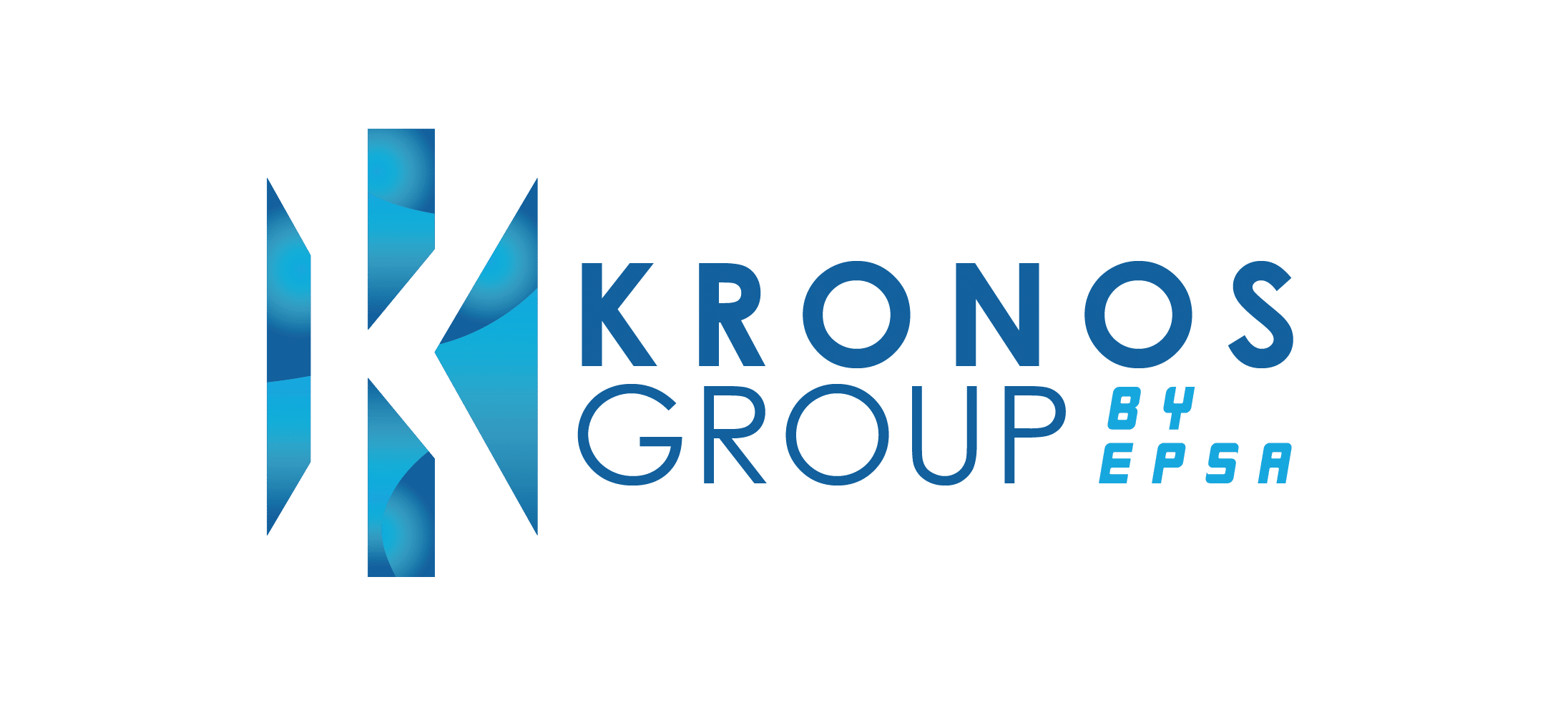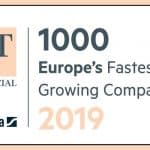What are some unique spend reduction strategies that do not compromise quality standards?

Summary
The true cost of poor quality reveals that focusing solely on cost reduction often results in inferior products, customer dissatisfaction, and long-term financial losses due to returns and brand damage. Unique spend reduction strategies that do not compromise quality standards include leveraging AI for demand forecasting, engaging in supplier-led innovation, utilising dynamic contracting, asset sharing, crowdsourced design, behavioural spend analytics, and circular economy practices. Through spend reduction initiatives that maintain quality levels, businesses achieve enhanced customer satisfaction, sustainable growth, improved profitability, innovation, resilience, and market differentiation. Maintaining high quality during cost reductions ensures lasting success and competitiveness.
Businesses face the challenge of reducing costs while maintaining high standards. Many cost-reducing efforts fail due to a lack of clear planning or support from top management. Surprisingly, around 43% of these initiatives do not achieve the desired results. To achieve efficiency, enterprises need a strategic blueprint that balances cost-efficiency with maintaining exceptional standards.
The increasing focus on efficiency in business highlights this dilemma. Companies are increasingly targeting cost reductions in operations at 46%, followed by sales and marketing at 20% and technology at 12%. However, without a carefully crafted approach quality that drives sustained success is at risk.
What is the true cost of poor quality?
A staggering 70% of companies identify cost reduction as a top priority this year. Focusing solely on cost reduction can precipitate problems that eventually cause more harm than good. When sacrificing quality in favour of financial savings, the eventual outcome frequently consists of inferior goods. These inadequate offerings can undermine customer confidence, resulting in unfavourable evaluations, stakeholder complaints, and a deteriorated brand image. Once stakeholder confidence is lost, it can be extremely difficult—and costly—to regain.
Although it may seem tempting to take shortcuts for immediate cost savings, sacrificing quality often leads to increased expenses in the future. Returns and rework become more frequent, adding to operational expenses. Furthermore, losing stakeholders and experiencing a decline in market share can have a significant impact on revenue. Businesses may discover that they have expended a greater amount in correcting these concerns than the amount initially saved through cost reduction measures.
Investing in quality goes beyond simply avoiding risks—it is a strategic decision. By upholding standards, businesses can eliminate the concealed expenses associated with subpar quality, including loss of clientele, harm to reputation and amplified operational costs. Ultimately, preserving quality not only secures profitability but also lays the foundation for the enduring success of enterprises.
What are some unique spend reduction strategies that do not compromise quality standards?
Reducing costs while maintaining high-quality standards is a challenge many businesses face. However, achieving this balance is possible through innovative strategies that go beyond traditional cost-cutting methods.
Demand forecasting through AI and machine learning
The integration of AI and machine learning has revolutionised the ability of businesses to anticipate customer demand and streamline inventory management. These advanced technologies utilise complex data analysis techniques, taking into account patterns, sales statistics, and market trends to accurately forecast demand. This empowers companies to avoid surplus and deficiency in stock levels, leading to reduced storage and waste management expenses. Optimisation reduces costs and guarantees that products are readily accessible when needed, maintaining service quality.
Utilising AI and machine learning to decrease expenditures proves most impactful when complemented by human discernment. While machines excel in efficacy and data interpretation, individuals of expertise possess the strategic foresight necessary to maintain exceptional standards. By merging the precision of AI with the emotional intelligence and adaptability of humans, enterprises can successfully implement economic strategies without compromising distinguished brand identity.
Supplier-led innovation programs
Supplier-driven innovation initiatives involve elevating suppliers from mere vendors to vital innovation collaborators. Instead of regarding suppliers solely as cost centres, businesses can involve them in cooperative endeavours to create value. By leveraging suppliers’ proficiency and perspectives, companies can stimulate innovation throughout the supply chain, improve product excellence, and minimise costs.
Forging this collaborative alliance not only reinforces relationships but fosters vendor involvement in generating ideas that promote streamlined procedures, quality goods, and enhanced client satisfaction – all without compromising quality.
Dynamic contracting and opportunistic spot buying
By employing dynamic contracting, firms can retain suppleness in their supplier contracts, thus equipping them to swiftly adapt to market changes and capitalise on cost-reducing prospects. Through the implementation of flexible agreements that incorporate fluctuating pricing, volume modifications, and motivation-based bonuses, corporations can maximise their expenditure according to current market circumstances.
The strategic implementation uses opportunistic spot buying to acquire products and services at advantageous costs during ideal market conditions. By adopting a flexible approach through dynamic contracting and spot buying, businesses can attain cost efficiency while upholding quality standards instead of adhering to inflexible long-term agreements.
Asset sharing through industry collaborations
Collaboration among industry networks involves pooling assets, such as equipment, facilities, and logistics, to reduce costs and improve operational efficiency. Partnering with other businesses allows companies to access necessary assets without the full financial burden of ownership. This approach aims to optimise asset utilisation, reduce capital expenditures, and foster innovation and sustainability.
By forming strategic alliances and leveraging shared resources, companies can achieve higher standards while lowering expenses, ultimately benefiting the entire industry ecosystem.
Crowdsourced product design and feedback loops
Active customer engagement in the product development process through crowdsourced design and feedback loops provides valuable insights for businesses. By soliciting a broad range of ideas, opinions, and feedback, companies can focus their efforts on high-impact areas and deliver products that align with customer needs.
Gathering insights from the crowd streamlines product design by prioritising features that resonate with users. This targeted strategy minimises unnecessary expenses associated with less valuable features while maintaining quality and functionality. Leveraging collective intelligence enables companies to create cost-efficient products that are meaningful to users, enhancing satisfaction and upholding high standards.
Behavioural spend analytics for smarter procurement
To enhance efficiency in procurement processes, businesses utilise data-driven insights through behavioural spend analytics. This method entails examining spending patterns and identifying areas of squandering by analysing the alignment of purchasing behaviours with organisational goals and policies.
By gaining a deeper understanding of spending habits, organisations can uncover inefficiencies and opportunities for cost savings, resulting in more informed decision-making. Through the utilisation of behavioural analytics, corporations can optimise their procurement strategies, minimise superfluous expenses, and execute more astute and tactful purchasing decisions.
Circular economy and remanufactured goods partnerships
Businesses can decrease expenses and environmental impact by incorporating circular economy principles, which prioritise durable, reparable, and recyclable product designs. This deviates from the conventional linear economy approach.
Engaging in the circular economy requires collaborating with suppliers and stakeholders to integrate remanufactured goods and recyclable materials into the supply chain. This elongates product lifecycles, decreases waste, and presents opportunities for cost savings through resource optimisation and reduced raw material expenditures.
Harmonising procurement strategies with circular economy ethics allows enterprises to attain sustainability objectives while reaping the rewards of decreased operational expenses and a more robust supply chain.
Cross-training and strategic workforce realignment
Cross-training and strategic workforce realignment involve optimising workforce capabilities to enhance operational efficiency and reduce costs. By cross-training employees, businesses can ensure that staff members are equipped with multiple skills, enabling them to perform various roles and adapt to shifting demands. This flexibility reduces the need for additional hires and minimises downtime during absences or peak periods.
Strategic workforce realignment takes a step further by aligning employee skills and roles with organisational goals and evolving business needs. This approach ensures that the right people are in the right positions, optimising productivity and reducing redundancy. By maximising the utility of existing talent and minimising the need for external recruitment, companies can lower operational costs while maintaining or even enhancing service quality.
What do businesses achieve from spend reduction initiatives that maintain quality levels?
Businesses are increasingly focused on reducing costs to stay agile and profitable. However, the challenge lies in achieving cost savings without compromising quality. Spend reduction initiatives that maintain high-quality levels offer substantial benefits beyond financial savings.
By strategically balancing cost efficiency with quality preservation, companies can enhance customer satisfaction, drive sustainable growth, and build a resilient market position. This approach exceeds customer expectations, setting the stage for long-term success and differentiation in a crowded marketplace.
Customer expectations
Consumers and clients prioritise quality above all else, and maintaining high standards is crucial for staying competitive. In a market where options are plentiful, the ability to consistently deliver quality products and services builds customer trust and loyalty. This commitment not only meets customer expectations but also enhances brand reputation, setting businesses apart from competitors.
Sustainable growth
Businesses that strategically balance spending reduction with quality enhancement are better positioned for long-term success. By offering value without compromising performance, these companies can foster sustainable growth. A focus on quality ensures that cost-cutting measures do not undermine the core value propositions, allowing businesses to remain competitive and resilient.
Profitability and efficiency
Focusing on quality can drive cost efficiencies by reducing waste, improving processes, and enhancing operational performance. Companies that adopt a strategic approach to cost reduction often achieve savings between 5-25%. By streamlining operations and eliminating inefficiencies, businesses can improve their profitability while maintaining high-quality standards.
Innovation and value creation
Innovative cost-saving strategies can unlock new value without compromising quality. By exploring creative solutions and leveraging advanced technologies, businesses can achieve cost reductions and drive innovation. This approach not only enhances operational efficiency but also creates new opportunities for growth and differentiation.
Building resilience
Maintaining quality standards during cost reductions equips businesses to better weather economic downturns. Companies that retain customer loyalty and trust through consistent quality are more resilient in challenging times. This stability allows them to navigate economic pressures effectively and emerge stronger.
Market differentiation
In a crowded marketplace, businesses that consistently offer high quality, even amidst cost pressures, can stand out and command premium pricing. A reputation for quality can be a significant differentiator, allowing companies to attract and retain customers despite economic challenges.
With 78% of CFOs planning cost reduction initiatives in response to economic pressures, focusing on quality during these efforts is essential for achieving sustained success and maintaining a competitive edge.
Consult a spend optimisation consult to elevate quality levels
Consulting with a spend optimisation expert can elevate your quality levels while achieving significant savings. Our specialists use advanced analytics and strategic insights to identify opportunities for cost efficiency without compromising your product or service standards.
By partnering with us, you’ll benefit from tailored strategies that align with your business goals and market demands. We help streamline your spending, improve operational efficiency, and maintain the high quality your customers expect. Elevate your business performance and stay ahead of the competition with our expert guidance in spend optimisation.



